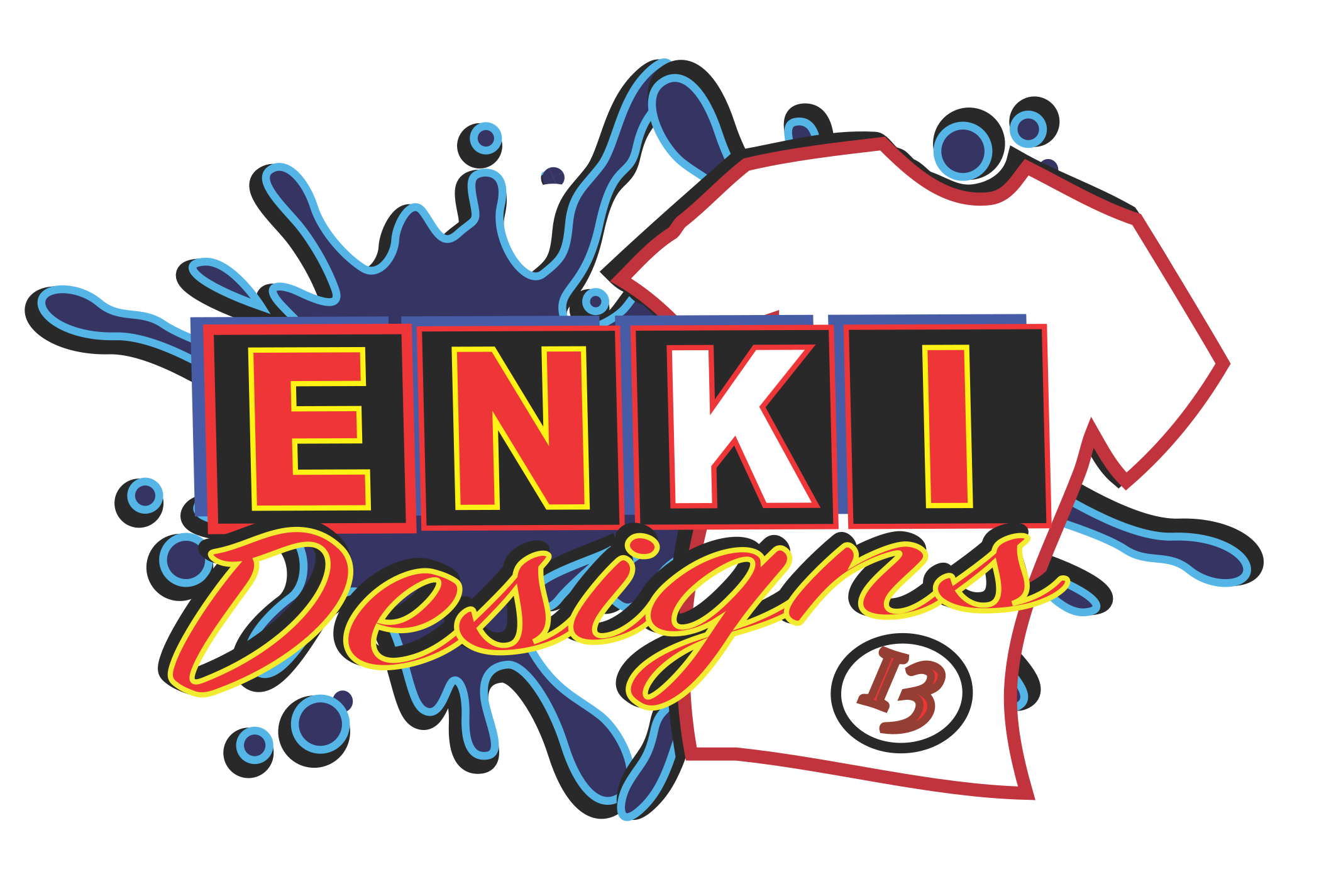Direct To Film Printing
DTF (Direct to Film) printing is an innovative method where designs are printed onto a special film and then transferred directly onto fabric using heat. This process allows for vibrant, detailed prints that adhere well to various materials, including cotton, polyester, and blends. Unlike traditional methods, DTF offers flexibility in color and design, making it ideal for custom apparel. The result is a durable, high-quality print with excellent washability, perfect for both small runs and large-scale production.
You Can Count On enki designs
You can count on ENKI Designs for top-quality, durable prints, fast service, personalized support, and exceptional attention to detail.

What is dtf printing
Direct to Film (DTF) printing is an innovative method in garment decoration that has gained popularity due to its versatility and high-quality results. Unlike traditional screen printing or Direct to Garment (DTG) methods, DTF allows for printing on a wider variety of fabrics, including cotton, polyester, blends, and even non-textile surfaces. This process involves printing your design onto a special transfer film and then transferring it onto the desired fabric using heat and pressure.
The process starts with a design being printed onto a film using a specialized DTF printer. After printing, a fine powder adhesive is applied to the back of the printed design, which helps the ink bond with the fabric. The film is then cured or dried, preparing it for the heat transfer process. Once the design is ready, it’s placed onto the garment, and with the use of a heat press, the image is transferred onto the material. The result is a vibrant, durable print that can be applied to a variety of fabrics without the limitations found in other printing methods.
One of the key advantages of DTF printing is its durability and flexibility. DTF transfers hold up well to washing and don’t crack or fade easily, making it a reliable option for custom apparel. Additionally, it offers the ability to print intricate, detailed designs, including full-color images, without needing multiple screens or excessive setup time.
Overall, DTF provides a cost-effective, high-quality solution for businesses looking to offer custom prints on diverse materials with vibrant and long-lasting results.
why dtf printing
Direct to Film (DTF) printing is gaining popularity because it offers several advantages over traditional methods like screen printing or Direct to Garment (DTG). One major reason is its versatility. DTF allows printing on a wider range of fabrics, including cotton, polyester, and blends, and can even be used on non-textile surfaces. This flexibility makes it an attractive option for businesses that want to cater to diverse customer needs without being limited by fabric type.
Another reason DTF stands out is the high level of detail and color vibrancy it achieves. Unlike screen printing, which requires multiple screens for different colors, or DTG, which is often limited by the type of fabric, DTF can print complex, full-color designs with ease. This makes it ideal for intricate designs, gradients, and detailed images, offering businesses the ability to create high-quality, custom apparel efficiently.
Durability is another key factor. DTF transfers are highly resistant to wear and tear, holding up well against washing and use without cracking or fading. This ensures that customers receive long-lasting products, which is especially important for businesses focused on customer satisfaction and repeat business.
Additionally, the DTF process is relatively straightforward, with minimal setup compared to screen printing. This reduces production time and cost, making it a cost-effective solution for businesses, particularly for smaller print runs or customized orders.
In summary, DTF printing’s versatility, high-quality results, durability, and cost-effectiveness make it an appealing choice for businesses looking to expand their custom apparel offerings while maintaining efficiency and quality.

